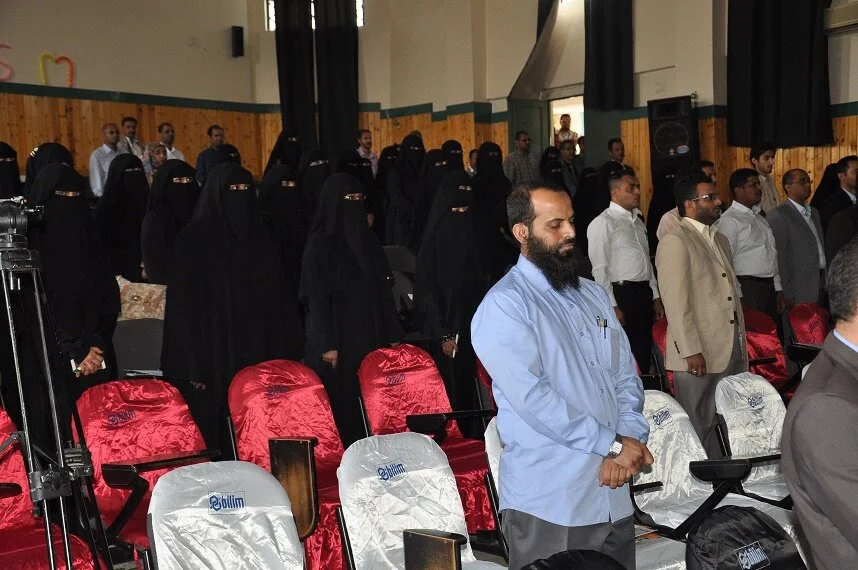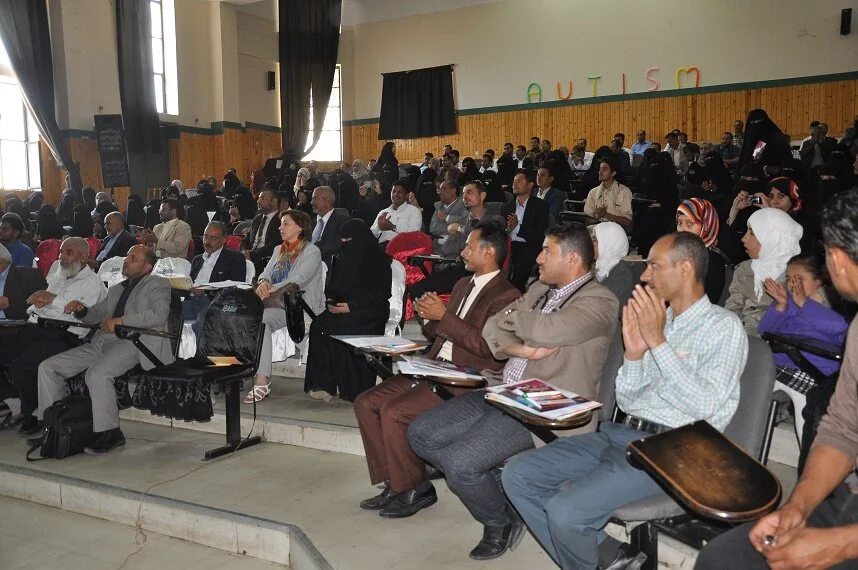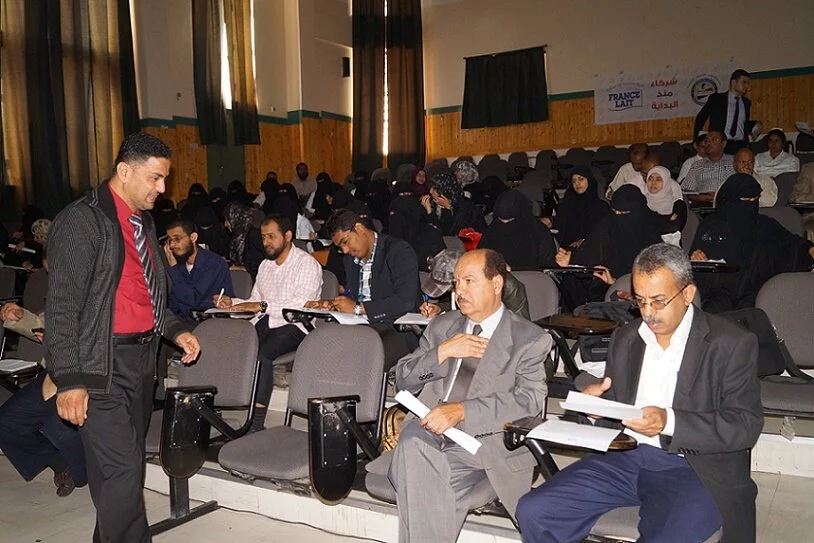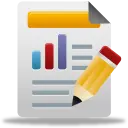Pentavalent vaccine
- المجموعة: للطبيب
- تاريخ النشر
- الزيارات: 2322
Pentavalent vaccine
A pentavalent vaccine is a combined vaccine with five individual vaccines conjugated into one, intended to actively protect people from 5 potentially deadly diseases. The main example is a vaccine that protects against Haemophilus Influenza type B (a bacterium that causes meningitis, pneumonia and otitis), whooping cough, tetanus, hepatitis B and diphtheria.[1]
| Vaccine description | |
|---|---|
| Target disease | DTP-HepB-Hib (diphtheria, tetanus, whooping cough, hepatitis B, haemophilus influenza type B) |
| Type | Conjugate vaccine |
| Clinical data | |
| Trade names | Quinvaxem, Pentavac PFS, Easyfive TT |
| Routes of administration |
Intramuscular |
| ATC code |
J07CA11 (WHO)
|
| Identifiers | |
| ChemSpider |
none
|
During studies and tests, the conjugated liquid DTPw-HepB-Hib vaccine was found to have positive safety when administered as a booster to young children who have been given a vaccination course with another pentavalent booster that requires a change in constitution and was also found to be adequately immunogenic.[2]
A typical wholesale cost of a DTPw-HepB-Hib pentavalent vaccine was about 15.40 USD in 2014.[3]
Types
Common versions of pentavalent vaccines include ComBE Five, Pentavac PFS, Easyfive, Pentaxim (DTaP), shan-5, and Quinvaxem (DTwP).[4][5]
Pentavac PFS
Pentavac PFS is a pentavalent vaccine manufactured in India by Pune-based pharmaceutical company Serum Institute of India and was the lowest cost pentavalent vaccine in India.[6]
Easyfive TT
Produced by Panacea Biotec, Easyfive was removed from the WHO's list of pre-approved and prequalified vaccines in mid-2011.[7] Thereafter, in September 2013, WHO re-approved Easyfive after a positive result in the re-evaluation of the vaccine.[8]
Shan-5
Shan-5 is an efficient vaccine against Diphtheria, Tetanus, Pertusis, Hepatitis-b and HIB; produced by Shantha Biotech (A Sanofi Company). Shan-5 is WHO Prequalified vaccine and got WHO approval in the year 2014.[9]
ComBE Five
CombeFive is the pentavalent vaccine manufactured in India by Hyderabad-based Pharmaceutical & Biologics company Biological E and was one of the lowest cost pentavalent vaccine in India with WHO approval.
Quinvaxem
In March 2006, the Korea Food and Drug Administration (KFDA) awarded Quinvaxem the rights to distribution and sale.[10]The vaccine was being developed and manufactured by Crucell in Korea and was co-produced by Chiron Corporation (that was eventually purchased by Novartis International AG on April 20, 2006), which provides four out of the five vaccine elements in bulk.[11][12]
Side effects
General disorders and administration site conditions: Very common: Injection site pain and swelling accompanied by fever.[14]
Common: Injection site redness.
Metabolism and nutrition disorders: Very common: feeding disorders.
Nervous system disorders: Very common: sleepiness.
Psychiatric disorders: Very common: irritability. Common: crying.
Controversy
India
Late 2013, it was found that the Pentavalent vaccine manufacturer - The Serum Institute in India was distributing 2 sets of Pentavac PFS vaccines for administration. One set with manufacturing and expiry dates was being provided to private hospitals, while the other set without manufacturing and expiry dates was being distributed to government hospitals.[15] It was later clarified that the dates not appearing on one set of vaccines did not contravene any regulations as they were supplied by UNICEF and was legal under Rule 94 applicable to exports under Indian Law.
Vietnam
Vietnam has been administering around 4.5 million Quinvaxem shots to 1.5 million children every year and the vaccination count has crossed 400 million globally in 2013.[16]
Since November 2013, about 1,500 children in Da Lat (Vietnam) have been vaccinated with Quinvaxem, the department reported. Since the vaccine was first used in 2007, at least 63 children have died after being vaccinated. The vaccine was suspended by the Health Ministry in May 2013 after nine children died post-vaccination. However, after investigations showed that the vaccine was safe to use, it has been re-used for the National Extended Vaccination program since October 2013, five months after its suspension.[17]
After the incidents in Vietnam, a joint statement was released by WHO and UNICEF confirming the safety of Quinvaxem and approval for its continued use as a pentavalent vaccine, after careful investigation, it was found that the fatalities reported in Vietnam were either coincidental health problems related in time but not related to the use of Quinvaxem, or cases for which the information available does not allow for a definite conclusion.[18] Thereafter, the WHO also released an online FAQ for Quinvaxem and its use [19]
The reported events in Vietnam, Sri Lanka, Bhutan, and India caused widespread panic to spread to other developing nations regarding the use of the vaccine.[20] In response to this, the IAP or Indian Academy of Pediatrics had released a statement in support of Quinvaxem and other Pentavalents in an attempt to curb the alleged malicious information disseminated by the vaccine's critics in India.[21]
Quinvaxem
The most widely administered pentavalent vaccine globally - Quinvaxem has been administered to 400 million children[22] as of 2013. This was after Crucell had procured an order worth US$110 million (in 2010) from UNICEF for the distribution of the vaccine for free to many of the developing nations.[23]
Mid-2010, Crucell had procured an order worth US$110 million from UNICEF for the distribution of the Quinvaxem Vaccine for free to many of the developing nations.[24] This order brought the total revenue from Quinvaxem alone to US$910 million for Crucell since its initial launch in 2006.[25]
In 2012, UNICEF and the World Health Organization had issued and recommended a joint statement to the Immunization Division, Ministry of Health and Family Welfare, Government of India and other developing nations in separate documents about the use of Pentavalent vaccines for the prevention of the 5 leading diseases responsible for death in children.[26] In 2014 South Sudan became the last of the 73 GAVI-supported countries [27] to introduce the five-in-one vaccine, which was first launched in Guyana in 2001.
Its main competitor is the vaccine Pentavac manufactured by the Serum Institute of India and by Sanofi Pasteur MSD.[28][29]Another competing vaccine - Easyfive, produced by Panacea Biotec was removed from the WHO's list of pre-approved and prequalified vaccines in mid-2011[30]








